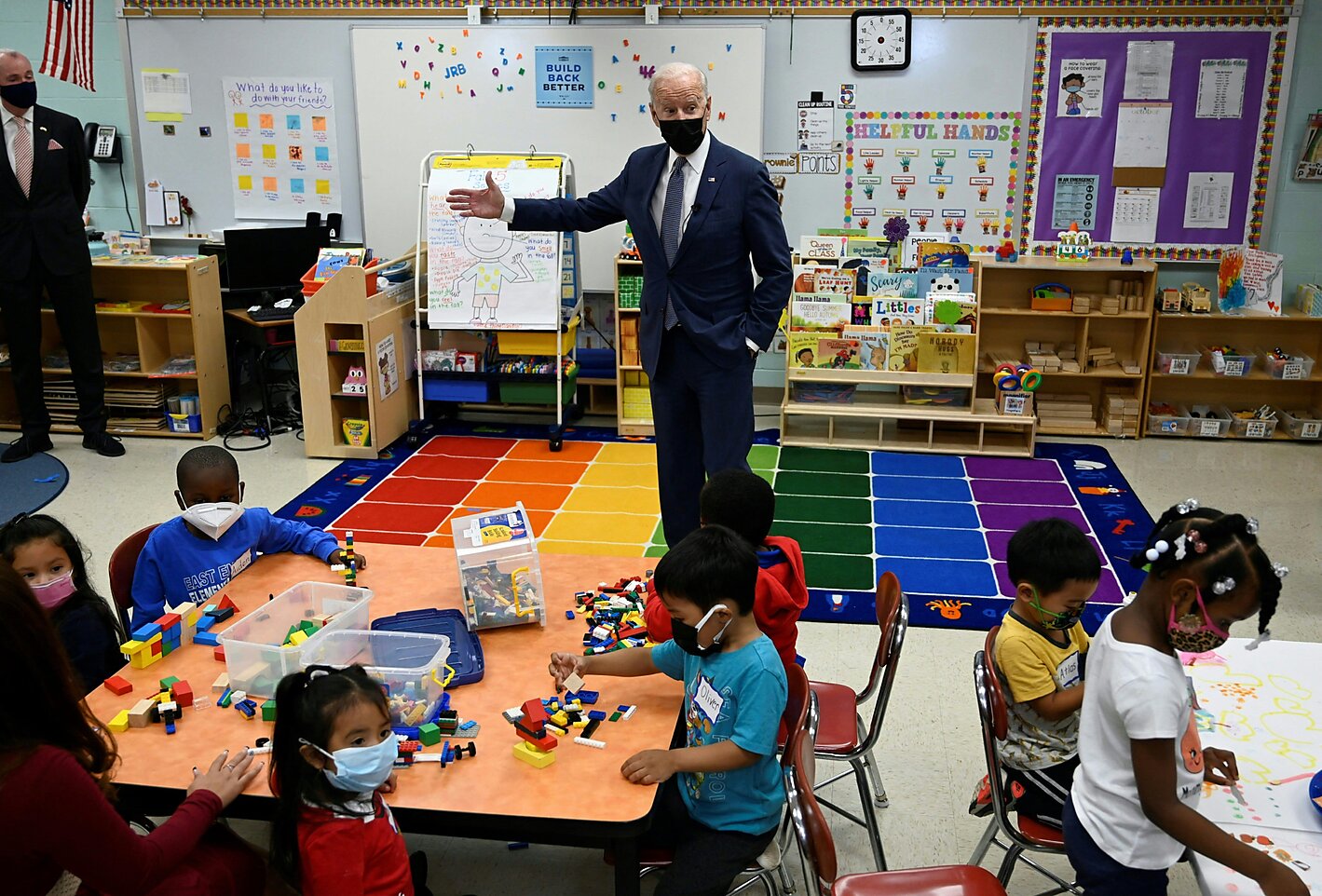Yet there continue to be calls for the federal government to pass a universal preschool program like the one in President Biden’s Build Back Better Act. This is clearly unconstitutional: the U.S. Constitution grants no authority over education to the federal government. But, perhaps just as important, a universal preschool program would be harmful policy.
Currently, parents enjoy a wide variety of preschool options. Unfortunately, the mandates and regulations that would accompany a federal universal program would likely put many providers out of business. Smaller providers would be particularly hard-hit. The most likely to survive would be one of the less popular options: secular, center-based preschools. Furthermore, there is strong evidence that universal programs are less helpful for disadvantaged children than targeted programs, while the research is mixed as to the benefits of preschool programs of all sizes.
All things considered, implementing universal preschool, with the goal of helping lower-income families, would likely be counterproductive.





